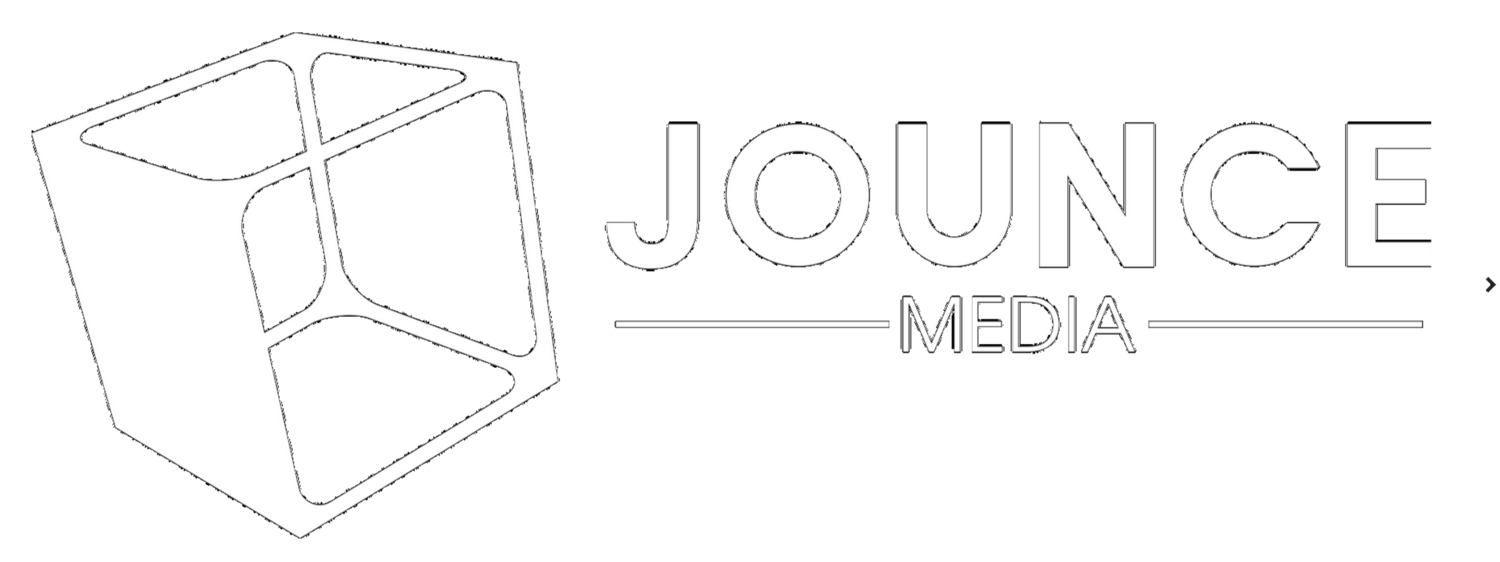Ad tech’s flavor of the month is header bidding, and over here at Jounce Media, we’ve been trying to get smart on how this little bit of publisher yield magic works. One fun surprise was that header bidding doesn’t just create improved price transparency for publishers… it also creates price transparency for consumers. So we whipped up a tool to give consumers a window into how advertisers are bidding for their ad space.
Header Bidding Basics
In a traditional ad serving waterfall, publishers check for ad demand sequentially across a pre-determined roster of potential buyers. Reserved campaigns get first priority, then programmatic private marketplaces, then open RTB auctions, and so on. The trouble with the traditional waterfall is that its pre-determined priority sequence is often wrong. Sometimes the RTB channel is willing to pay more than a reserved campaign. A static waterfall causes publishers to miss opportunities to tap into RTB demand for high value users.
Header bidding addresses this problem by checking RTB channels before a publisher’s ad server loads. This gives publishers a mechanism to re-order the waterfall on the fly, boosting RTB’s priority for high value users. It’s a bit of a hack, but it works. Pub Nation has a nice case study on the yield impact of header bidding (it’s a big deal), and Ad Ops Insider put together an excellent breakdown of header bidding mechanics (it’s complicated).
Extreme Transparency
RTB auctions typically happen server side — the ad exchange and bidder talk to each other through an API connection, and the exchange then sends the winning ad to the publisher’s ad server. The key thing to know is that this all happens in the cloud, outside the user’s browser. The browser only knows which ad to load. It doesn’t have any information about how the auction was conducted.
But part of the header bidding hack relies on routing the auction outcome through the user’s browser, and this creates a surprising level of transparency into auction dynamics. Consider the following header tag response that loads on Drudge Report:
You don’t need a CS degree to see that Jet.com bid $8.38 CPM. And if you look a little closer, you can see that MediaMath is the DSP powering this bid. This information is usually hidden away behind the scenes. Header bidding brings auction dynamics front and center.
How Much Are You Worth?
Let’s talk about you. Which advertisers want your ad space, and how much are they willing to pay for it? We put together a tool that simulates 25 RTB auctions and reports back the bidding results.
Are you a luxury auto shopper being chased by lots of retargeting campaigns? Don’t be surprised to see $20 CPM bids, well above typical reserved campaign prices.
Do you block third party cookies? Your privacy settings make you a nobody to advertisers. You can expect weak demand for your ad space.
So how much are you worth? Take our simulator for a spin at jouncemedia.com/rtb-auction-simulator



